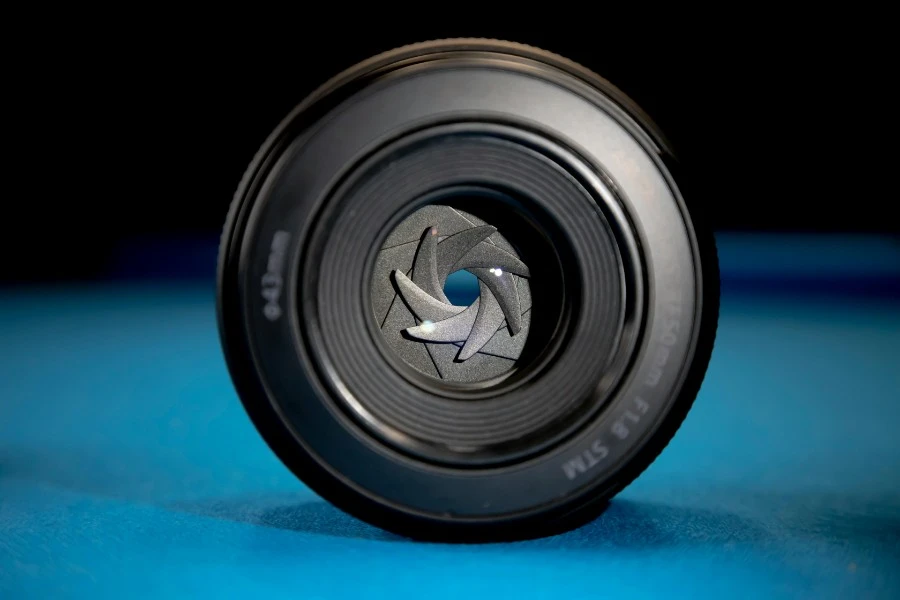
Have you ever tried to make a small image larger, only to end up with a blurry, pixelated mess? It’s a common frustration. Whether you’re preparing a photo for a large print, resizing a graphic for a high-resolution display, or trying to salvage a low-quality image, the key to enlarging it without losing detail lies in a process called **image upscaling**. This guide will demystify the technology behind it, explain how different upscaling algorithms work, and show you how to achieve the best possible results.
Simply stretching an image in a basic editor adds no new information; it just makes the existing pixels bigger, which is why the result looks blurry and unprofessional. True upscaling is more sophisticated. It uses complex algorithms to intelligently predict and generate new pixels that blend seamlessly with the original ones. This process, also known as interpolation, is crucial for creating a larger image that remains sharp and clear. Understanding the difference between these methods is the first step toward fixing your low-resolution photos permanently.
Image upscaling is the process of increasing the resolution of an image by adding new pixels. Unlike simple resizing or "stretching," which just makes pixels larger, upscaling algorithms analyze the surrounding pixels to make intelligent guesses about what the new pixels should look like. This creates a more detailed and natural-looking result.
The magic happens through **interpolation**, a method of constructing new data points within the range of a discrete set of known data points. Think of it as a sophisticated "connect-the-dots" for your image's pixels.
When you use an online tool like the Image Upscaler, you might see options like "Fast" or "Quality." These correspond to different interpolation algorithms, each with its own strengths.
Bicubic interpolation is one of the most common methods. It calculates the value of a new pixel by averaging the 16 pixels surrounding it (a 4x4 grid). This approach is a significant step up from simpler methods like nearest-neighbor or bilinear interpolation.
Lanczos interpolation (often referred to as Lanczos resampling) is a more advanced algorithm that produces sharper results than Bicubic. It uses a more complex mathematical function to calculate the new pixels, taking a larger number of neighboring pixels into account (typically a 6x6 or 8x8 grid).
Choosing between a faster or higher-quality algorithm depends entirely on your needs.
By understanding the difference, you can make an informed decision and get the best result for your specific task.
Enlarging an image without sacrificing quality is no longer a challenge reserved for professionals with expensive software. Thanks to advanced algorithms like Bicubic and Lanczos, anyone can achieve sharp, clear results. By choosing the right upscaling method, you can confidently resize your images for any purpose, from high-resolution displays to detailed print projects. The next time you have a small photo that needs to be bigger, you'll know exactly how to handle it.